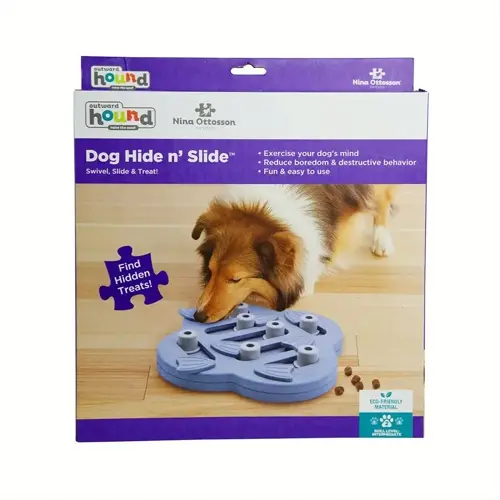Is wet or dry food better for puppies?

Written by
Wang Jiahao
Reviewed by
Prof. David Walsh, Ph.D.Choosing between wet and dry food depends on understanding the differences. Both types supply complete nutrition, provided the AAFCO approves the food. Your puppy's particular needs will dictate which would be best. Hydration, dental health, and price vary greatly. Sometimes, both formats can be used.
Dental Health Factors
- Kibble texture scrubs teeth during chewing
- Special dental formulas reduce tartar buildup
- Wet food requires additional dental care measures
- Use dental treats with wet food diets
Hydration Management
- Wet food provides significant water intake
- Dry food puppies need constant fresh water
- Dehydration risks higher with kibble-only diets
- Monitor water consumption daily
Special Needs Solutions
- Picky eaters: Wet food stimulates appetite
- Dental issues: Soften kibble with warm water
- Weight management: Measure both types carefully
- Allergies: Limited ingredient options available
Hybrid feeding combines both advantages effectively. Mix 25% wet food with 75% dry kibble. This maintains dental value while augmenting moisture. Alter ratio as needed to maintain stool quality. Always assess total calories fed each day. This is the only way to prevent accidental weight gain.
Storage practices vary widely. Store dry food in a sealed container. Refrigerate any opened wet food immediately after opening. Use the opened wet food within three days. Discard any wet food that was not eaten in 30 minutes. Wash the bowl after every meal to prevent bacterial buildup.
Carefully transition to the new diet. Over a period of seven days, gradually introduce the new food. Start with 75 percent of their current diet and 25 percent of the new one. Every second day, increase the percentage of the latest food by another 25 percent. Monitor for signs of digestive upset. If there is a problem, consult your veterinarian.
Read the full article: Puppy Feeding Schedule: Complete Guide

